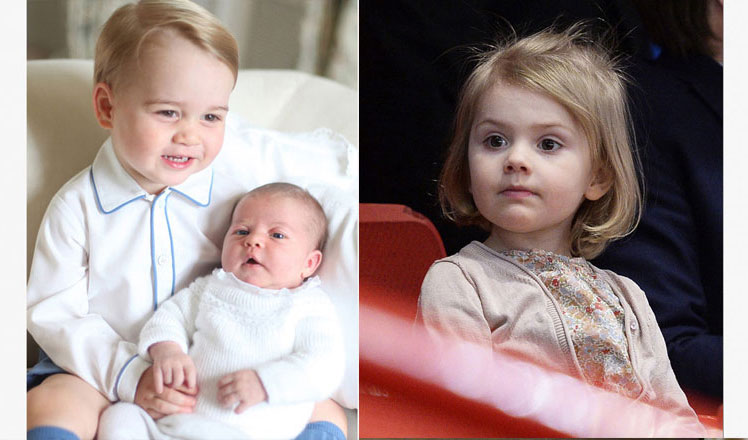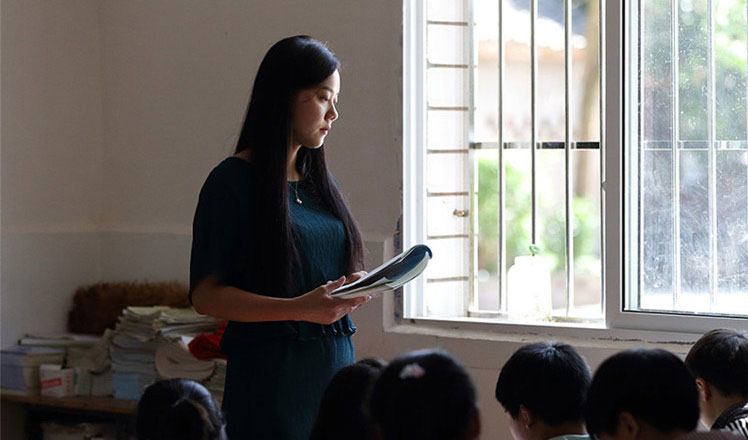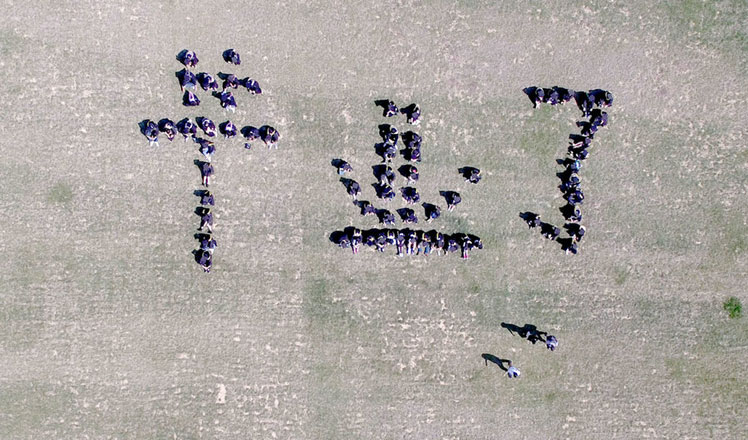Media playing their role as a bridge between peoples
Updated: 2016-06-02 07:52
By Wang Hui(China Daily)
|
||||||||
As China's clout in the international arena and the significance of Australia-China ties are both on the rise, Australians now look to more information about China in such areas as the Chinese economy, Chinese culture, investment opportunities in China and Australia-China ties.
To meet this demand, China Daily and Fairfax Media were among a dozen Chinese and Australian media outlets that signed bilateral cooperative agreements on Friday in Sydney.
Under the agreement, Fairfax Media's daily newspapers-the Sydney Morning Herald, The Age and the Financial Review-will publish an English edition of China Daily's China Watch publication once a month. The first edition was published on Friday, drawing favorable responses from Australian readers on both the content and the model of cooperation.
As for the two media outlets, the cooperation will create a win-win situation for them: On the one hand, China Daily will be able to reach a wider readership in Australia. On the other hand, the China Watch publication, which caters to Australian readers' growing interest to learn more about China, will help enrich the Australian newspapers' content and increase their diversity, which, in turn, will make them more appealing to readers.
Yet, for me, the most significant part of the cooperation is the two media outlets' courage and efforts to blaze a new trail in forging a closer working relationship between them.
Obviously, media organizations in China and Australia differ from each other in cultural and political backgrounds, media philosophy, media ownership and even in the role each assumes in their respective society.
These differences used to form a big barrier for media organizations on both sides and impacted hugely on their coverage on each other's country. Australian media, as part of the Western media world, have often harbored a bias against developing countries, China included, and such a bias cannot possibly contribute to better understanding between Western countries and China.
In this context, the new agreements that signal wider and closer cooperation between media outlets in China and Australia can help mitigate the negative effects of their media differences and deepen mutual understanding between the two countries.
Chinese and Australian media may differ in many ways, but they also share increasing common ground, and they both need to present their countries to the world and vice versa, especially as globalization and new media have turned the world into a global village.
Hence, sharing content, launching joint media products and conducting journalist exchanges, as shown in the latest efforts in China-Australia media cooperation, will enable media on both sides to better play their role as a bridge that helps enhance understanding and friendship among the two peoples.
In recent years, people in both countries have viewed each other's country in a more positive way, with a number of opinion polls in Australia showing more Australians now attach greater importance to Australia-China ties. For example, the 2015 Lowy Institute Poll, released in June last year, found that most Australians see China as "more of an economic partner to Australia" than a "military threat".
Given the media's strong role in shaping public opinions, that media outlets in Australia are willing to cover China and Australia-China ties in a more comprehensive and objective manner should only further strengthen this perception.
Such a favorable momentum needs to be maintained as it helps foster a cordial atmosphere for reciprocal interaction between China and Australia, which is in the interests of both countries. Needless to say, media organizations on both sides, such as the ChinaDaily and Fairfax Media, can play an important role in this.
The author is deputy editor-in-chief of China Daily Asia Pacific. jasmine@chinadailyhk.com
- To cool you off: The fountain in Washington Square Park
- Americans warned about terror risk this summer
- B20 China Second Joint Taskforce Meeting held in Paris
- 129 freed Myanmar fishermen brought back from India
- UN Security Council renews sanctions on South Sudan
- Cuban minister's US visit to highlight organic crops cooperation

 Photos: Little royals on the Children's Day
Photos: Little royals on the Children's Day
 Pure love: Chinese 'little prince'and his fox
Pure love: Chinese 'little prince'and his fox
 Then and now: Recreating that child-like smile
Then and now: Recreating that child-like smile
 Young teacher's heartfelt love for the students
Young teacher's heartfelt love for the students
 Photos you don't want to miss across China in May
Photos you don't want to miss across China in May
 Robot-themed café debuts in East China's Shanghai
Robot-themed café debuts in East China's Shanghai
 Cartoon: The birth and growth of China Daily
Cartoon: The birth and growth of China Daily
 Students' special group photos to mark graduation
Students' special group photos to mark graduation
Most Viewed
Editor's Picks

|

|

|

|

|

|
Today's Top News
Chinese stocks surge on back of MSCI rumors
Liang avoids jail in shooting death
China's finance minister addresses ratings downgrade
Duke alumni visit Chinese Embassy
Marriott unlikely to top Anbang offer for Starwood: Observers
Chinese biopharma debuts on Nasdaq
What ends Jeb Bush's White House hopes
Investigation for Nicolas's campaign
US Weekly

|

|









